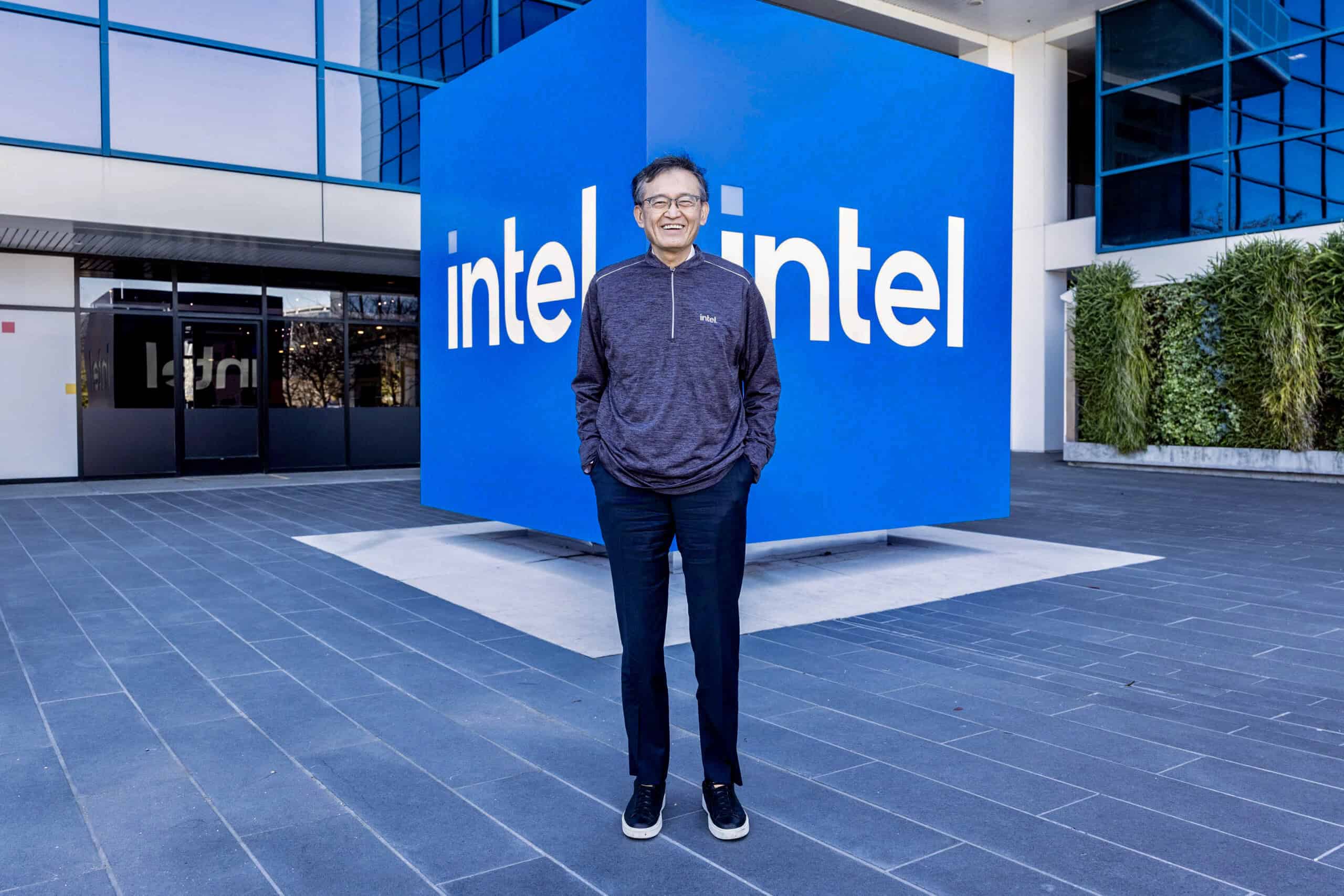Jeffrey Ding is an assistant professor of political science at George Washington University. He is the author of a new book on emerging technologies and great power competition, called Technology and the Rise of Great Powers, as well as author of the ChinAI newsletter, an indispensable source for news and analysis on developments in China’s AI industry. In this lightly edited Q&A, we discuss the provocative argument in Ding’s book that political leaders are fixating on the wrong things i



